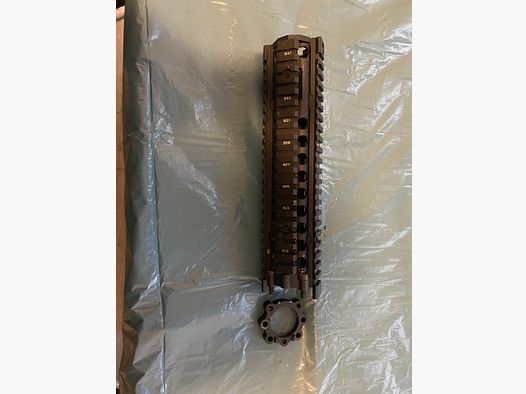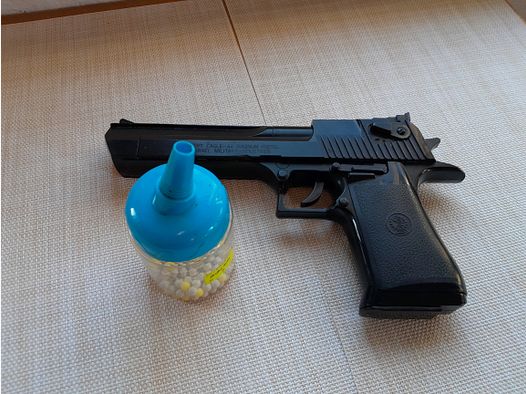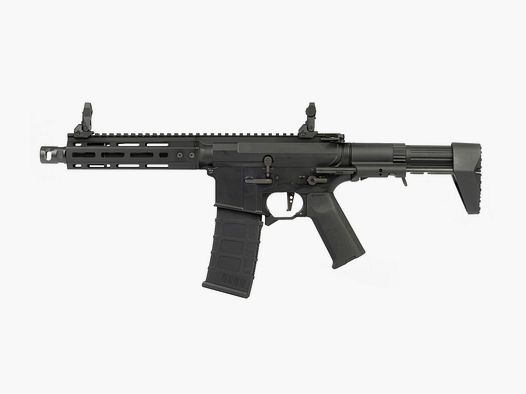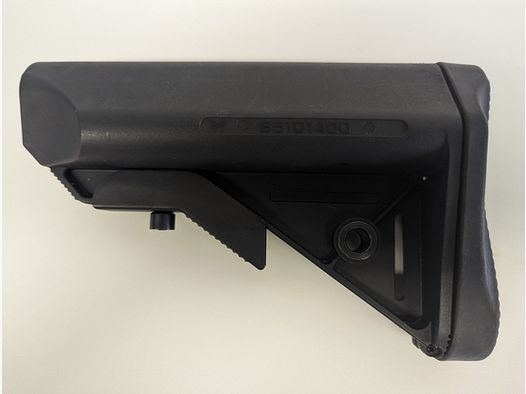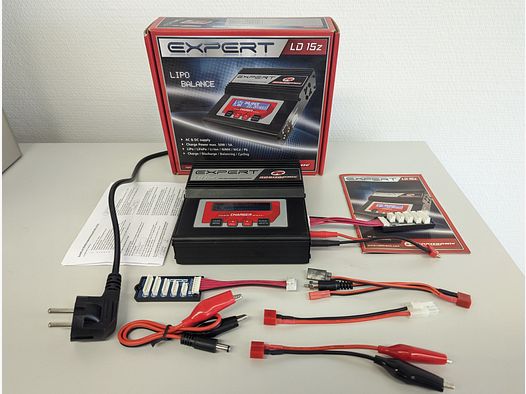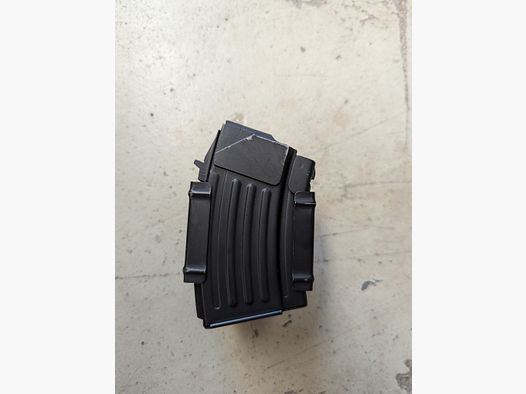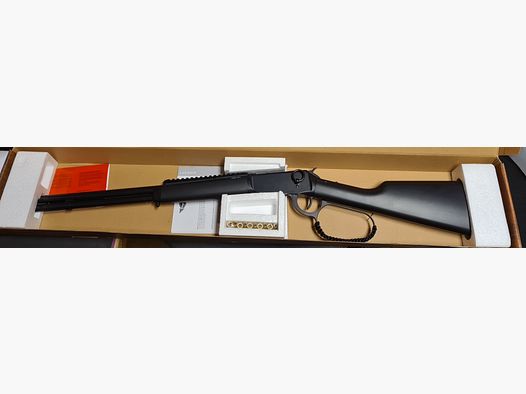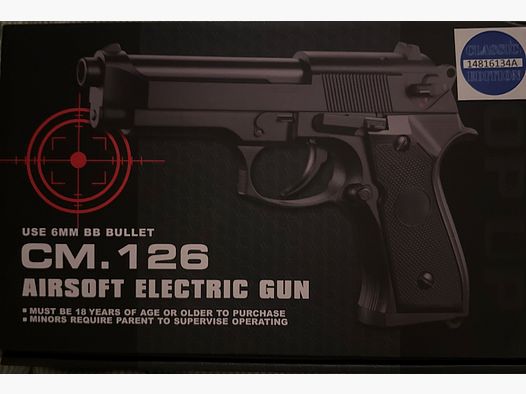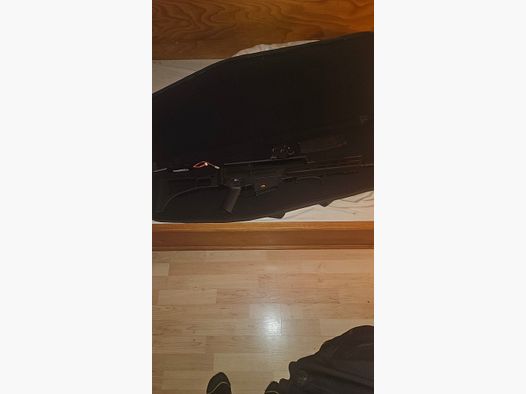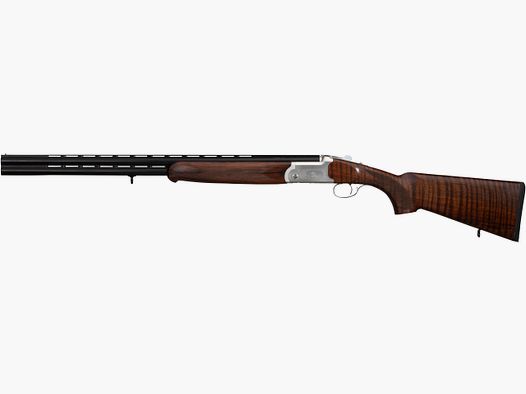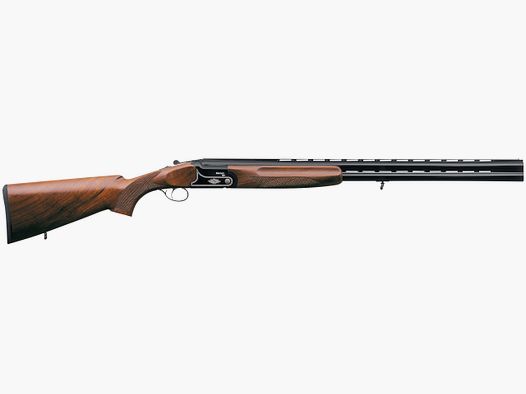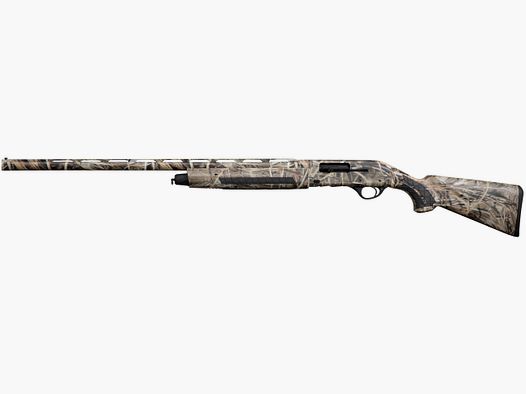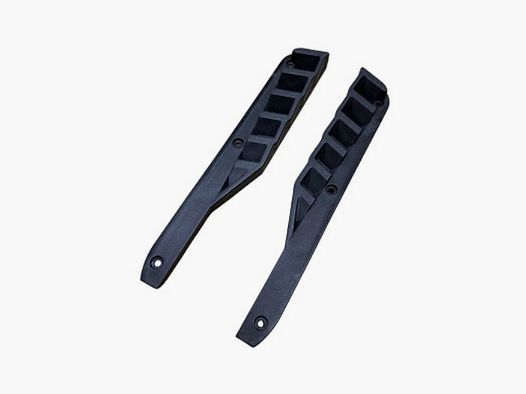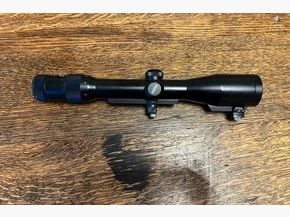Energy of Airsoft BBs
Airsoft (or softair guns) are used in the sport of the same name, where players belonging to different teams compete against each other. Due to the low muzzle energy (usually less than 1.5 J, even in high-performance models) and the low cross-sectional density, the pain caused by an Airsoft projectile, also called a "BB", upon impact with the skin is roughly equivalent to that of a light bruise - hence it is possible to shoot at each other with Airsoft guns. As a reference value, a standard 0.20 gram 6 mm pellet, which is the most common size and weight, has a kinetic energy of 1 J at a speed of 100 m/s. The calculation of joules and the energy produced by Airsoft guns is important, as phenomena such as "joule creep" can occur, where the FPS remains constant while the energy of the air rifle exiting the barrel of the Airsoft gun increases.
Speed of Airsoft Guns
The speed at which Airsoft guns can be fired varies from region to region. In the United States, the maximum speed of Airsoft guns depends on the type of playing field. In close quarter battle arenas, the permissible speed for Airsoft guns is usually around 110 m/s. In outdoor fields, the speed is generally regulated by the type of weapon. With a standard 0.20 gram (3.1 grain) BB, fully automatic Airsoft electric guns (AEGs) are often set to less than 120 m/s, semi-automatic AEGs in DMR style to 120-140 m/s, and manually cocked spring rifles to 140-150 m/s.
In Germany, the permissible speed often depends on the playing field or is determined by the players. A general maximum muzzle energy applicable to all weapons is conceivable, as well as a tiered system depending on the type of weapon: In indoor games, the maximum limit is often set at 0.5 joules. In outdoor games, an agreement based on the type of weapon is not uncommon, for example, where a backup weapon (pistol) may have up to 1 joule, assault rifles up to 1.5 joules, and sniper rifles up to 2.5 joules, but with a distance limitation. If this distance is not maintained, the sniper must use their backup weapon. Therefore, it is important that the muzzle energy of good Airsoft guns can be adjusted to these limits.
Range of Airsoft Guns
The maximum effective range of Airsoft guns with field approval is about 100 m with a highly equipped sniper rifle replica. Most Airsoft guns used for field games have an effective range of about 40-70 m, depending on the intended player role. Most Airsoft pistols can shoot at speeds of 60 to 125 m/s, although it is also possible to purchase upgraded internals that allow the pistol to shoot up to 170 m/s. In the USA, the usual limit is 110 m/s. In Ireland, Italy, and Japan, the limit for the muzzle energy of Airsoft guns is 1 joule, regardless of the type of game. In the United Kingdom, weapons with semi-automatic rifles and repeating rifles can fire up to 2.5 joules (at a muzzle speed of up to 158 m/s). Any weapon "capable of firing two or more projectiles in succession without repeated pressure on the trigger" is legally limited to 1.3 joules (at a speed of up to 114 m/s). In Northern Ireland, a maximum speed of 100 m/s (330 ft/s) applies with 0.20 g BBs, regardless of the type of equipment. In Sweden, the legal limit for Airsoft guns is 10 joules for manual weapons and 3 joules for semi-automatic and fully automatic weapons.
How fast does an Airsoft BB fly?
How fast and far an Airsoft BB flies primarily depends on the muzzle energy, the weight of the BB, and the hardness of the rubber. Additionally, a powerful hop-up system is essential for the range of the weapon. A general overview for orientation:
| Energy | BB Speed | BB Weight in grams |
| up to 0.5 joules | 60 m/s | 0.25 |
| up to 1 joule | 80 m/s | 0.32 |
| up to 1.5 joules | 80 m/s | 0.43 |
| up to 2 joules | 90 m/s | 0.45 |
| up to 3 joules | 115 m/s | 0.45 |
Differences to the Ballistics of "Real Weapons"
The ballistics of spring or electrically operated Airsoft guns differ from those of real firearms in that a longer barrel does not always lead to better accuracy. The "sweet spot" for the barrel length of a spring or electrically operated Airsoft gun is about 450 mm; beyond that, additional barrel length does not improve accuracy. In any case, barrel quality, speed consistency, and hop-up quality/design are more important factors regarding accuracy. An additional barrel length leads to a slight increase in speed if the cylinder size and compression are suitable for the barrel length. In this respect, Airsoft guns behave like their counterparts in the field of handguns. However, a longer barrel has the effect of making a weapon quieter.
In gas-operated weapons, an additional barrel length can lead to higher speed and accuracy to a certain extent. Tighter barrels increase speed because there is less space between the BB and the barrel for the air to escape. Most commercially available Airsoft pistols have barrels with a diameter of 6.05-6.08 mm, but the best performance is usually achieved with "tightbore" barrels that have a diameter of 6.01-6.05 mm. However, the tighter the bore, the more likely it is that the BBs will jam, and therefore tight barrels need to be cleaned and lubricated regularly. There is general agreement that a high-quality 6.01-6.02 mm barrel offers the highest muzzle speed, while a high-quality 6.03 mm or 6.05 mm barrel represents the best compromise between performance, precision, and ease of maintenance. The actual accuracy difference between the various barrel sizes is disputed and is usually outweighed by barrel consistency. However, with the newly discovered popularity of HPA guns (High Pressure Air-tank), the opinion has spread that barrels with a larger diameter (up to 6.13 mm or 0.241 inches) could deliver a more accurate shot. Due to the larger air volume surrounding the projectile, there is no chance of the projectile touching the barrel and altering its trajectory, similar to a musket, where the projectile strikes before leaving the barrel.



